Ministry of Education Press Release
Tuesday, December 21, 2010 — The Committee on Safety in School Sports (CSSS) has concluded that the Ministry of Education’s (MOE) sports safety framework is largely sound, and is generally in line with international best practices. The Committee also found the governance framework for sports competitions to be robust, with the appropriate checks and balances to ensure that governance and safety issues are well looked after. This accounts for the relatively low sports injury rates in schools (The sports injury rate in schools is 1.6 serious injuries per 1,000 students per annum, which is broadly comparable to that for other developed countries such as the US and Australia. Serious injuries referred to injuries where significant medical treatment was required, such as fractures, dislocations, and lacerations which required stitching).
This was revealed by the Committee after the completion of its study, which reviewed MOE’s sports safety framework and schools’ current sporting practices, as well as injury rates in school sports. To understand the current sporting environment in schools and identify potential areas for enhancement, the Committee had consulted members of the sporting community and surveyed international best practices and sporting rules in the US, UK and Australia – countries where sports play an important part in everyday life and where policies and initiatives on sports safety are established.
Although good safety practices are already in place in schools, the Committee has recommended some enhancements to strengthen the implementation of the safety framework in three areas – a) safety education and training, b) preventive measures, and c) monitoring, intervention and follow-up measures.
Safety Education and Training
All stakeholders – schools, teachers, coaches, sports officials, parents and students – have a role to play in safety. Given its importance, safety must be maintained as a priority and as a part of all stakeholders’ mindsets. The Committee thus recommends that MOE promote greater awareness amongst the various stakeholder groups of their responsibilities in ensuring safe practices, and augment the safety training and education of school leaders and teachers, through the following measures:
a. Provide teachers-in-charge of CCAs with more safety training and support to enable them to play a stronger role in ensuring school sports safety. The Committee recommends strengthening CCA teacher deployment and handover guidelines in schools. For instance, schools should as far as possible take into account teachers’ background, interests and qualifications when deploying them to CCAs. Other recommendations include enhancing the training of teachers-in-charge of specific CCAs through regular briefings on safety rules and the use of safety checklists specific to these CCAs; and requiring teachers-in-charge of sports CCAs to maintain current first-aid certifications.
b. Enhance the recruitment and training of new PE teachers, and deployment of qualified PE teachers. The Committee recommends that MOE ensure that there are sufficient numbers of qualified PE teachers deployed in schools even as MOE increases PE curriculum time at the Primary and Secondary levels. The establishment of the Physical Education and Sports Teacher Academy (PESTA) will further support the in-service training and professional development of our qualified PE teachers to strengthen the delivery of PE and sports CCAs in our schools.
c. Better engage parents. As parents play important collaborative and supportive roles in helping to promote and encourage school sports safety, the Committee recommends that schools increase engagement with parents through school briefings and providing accessible information on safety practices.
d. Heighten schools’ and students’ awareness of safety issues. The Committee recommends that MOE continue to reinforce safety messages to key personnel and at a senior level in schools, as well as provide support to schools to ensure consistent implementation of MOE’s safety guidelines in the conduct of sports CCAs. Safety awareness should also be reinforced among students through their parents, PE teachers and teachers-in-charge of CCAs.
e. Instil a healthy sporting culture that encourages fair play among all stakeholders. The Committee notes the importance of instilling a healthy sporting culture as an overly competitive mindset can be detrimental to sports safety. The Committee recommends that MOE should explore ways to instil a healthy sporting culture that encourages fair play and playing within the rules amongst all stakeholders.
Preventive Measures
The Committee’s findings revealed that MOE’s current safety framework is largely sound, and schools generally adopt MOE’s safety guidelines in the conduct of sporting activities. There are also benefits in minimising variations in implementation across the school system while increasing the pervasiveness of safety guidelines. The following measures could be adopted:
a. Boosting safety standards
MOE should expand on its existing guidelines to cover areas, where applicable, such as equipment and protective gear, facilities and environment, first aid, medical support and pre-participation screening and consent, and ensure that there is more even and pervasive implementation of these guidelines across all schools. The awareness of safety should also be reinforced among students, through parents, PE teachers and teachers-in-charge of CCAs.
b. Enhancing safety guidelines for specific sports
Beyond the general safety guidelines applicable to all sports, additional safety measures would probably be beneficial for specific sports. Students engaging in contact and high intensity sports may face higher risk of injuries. The Committee recommends that sporting activities involving moderate and above levels of intensity and/ or contact/ collision, as well as those involving specific
environment/ facility/ equipment factors, be subject to additional safety measures specific to the sports. MOE should formulate and implement enhanced safety measures in consultation with National Sports Associations (NSAs) and international guidelines.
c. Uplifting the capacity of school coaches
Sports coaches hired by schools play an integral part in the school sporting landscape. As they spend a substantial amount of time with students during actual training and gameplay, they can help minimise the chances of injury by instilling a strong sense of safety consciousness in students, enforcing safety regulations, and taking timely corrective measures when they spot early warning signs of injury.
The Committee recommends that MOE work closely with coaches to enhance coaches’ overall level of safety awareness and ownership of safety issues during sports training and competitions. Areas to be developed could include getting coaches to emphasise the importance of safety to students during sports trainings and competitions; encouraging coaches to upgrade through technical skills qualifications; and enhancing the sharing of information on school coaches across schools (e.g. creating
a central register of CCA coaches and instructors in MOE) to help schools more effectively identify suitable coaches for their needs. The Committee recommends that MOE conduct courses for coaches on safety, as well as courses to familiarise coaches on the desired outcomes of sporting activities in schools, such as the inculcation of sporting values.
Monitoring, Intervention and Follow-Up Measures
The Committee recognises that despite best efforts in enhancing safety measures, it is not possible to prevent accidents or injuries. Currently, schools purchase comprehensive insurance for their students, with coverage including medical expenses and hospital allowance benefits. These plans cover all student incidents during participation in activities in schools, including PE and sports CCAs. While the basic level of insurance coverage is generally adequate for the daily activities for the vast majority of students, this may not be the case in the event of very serious injuries, where there may be high costs of medical treatment and hospitalisation. In such instances, the costs of medical treatment would pose a significant burden to the families concerned.
The probability of very serious accidents leading to prolonged hospitalisation and medical treatment is very low and insurance is effective in cushioning the financial impact of medical treatment. The Committee thus recommends a tiered framework of school insurance, comprising basic comprehensive insurance coverage for all students, with enhanced payouts to cover the risks of accidents or injuries.
To facilitate regular review and improvements in school sports safety, it is important to have a robust and comprehensive system to collect and analyse data on injuries and when and how they occurred. The Committee recommends that MOE establish a repository of specific types of injury data and put in place a structured process to periodically analyse the data, with a view to determining the effectiveness of existing sports safety measures, proposing refinements suggested by the data analysis, and track the follow-up actions taken.
Implementation
The Committee recognises that sports and physical education (PE) are integral building blocks in a holistic education system. Participation in PE and sports confers a range of benefits, such as psychomotor skills and health and fitness, which would contribute to the holistic development of students. The Committee’s view is that the recommended enhancements will help to further ensure that students can enjoy and excel in PE and sports activities, training and competitions in a safe environment.
MOE has accepted the Committee’s recommendations. It will set up an implementation committee, comprising professionals with expertise in the various areas, to work out and coordinate the implementation of the majority of the recommendations by the end of 2011. The implementation of these recommendations will require the joint commitment of MOE, schools and other stakeholders, including NSAs, parents and students.
MEMBERS OF THE COMMITTEE ON SAFETY IN SCHOOL SPORTS (CSSS)
Chairman
Dr Mimi Choong May Ling
Deputy Secretary (Services), MOE
BG Ishak Bin Ismail
Commander, 6th Division
Mrs Shirley Lo nee Shirley Hoo Sok Kuan
Chairman, South View Primary Parents’ Association
Oon Jin Teik
Chief Executive Officer, Singapore Sports Council
Dr Quek Jin Jong
Principal Officer, Office of Director, National Institute of Education
Richard Seow
Chairman, Singapore Sports Council
Dr Ben Tan
Head & Senior Consultant, Changi Sports Medicine Centre
Wong Siew Hoong
Director, Schools, MOE
Ms Sum Chee Wah
Director, Education Programmes, MOE
Chua Kwan Ping
Director, Finance and Development, MOE (up to 11 Oct 2010)
Ms Evelyn Khoo
Director, Finance and Development, MOE (from 12 Oct 2010)
Ms Melanie Martens
Principal, St. Anthony’s Canossian Secondary School and Member of Secondary
Schools Sports Council

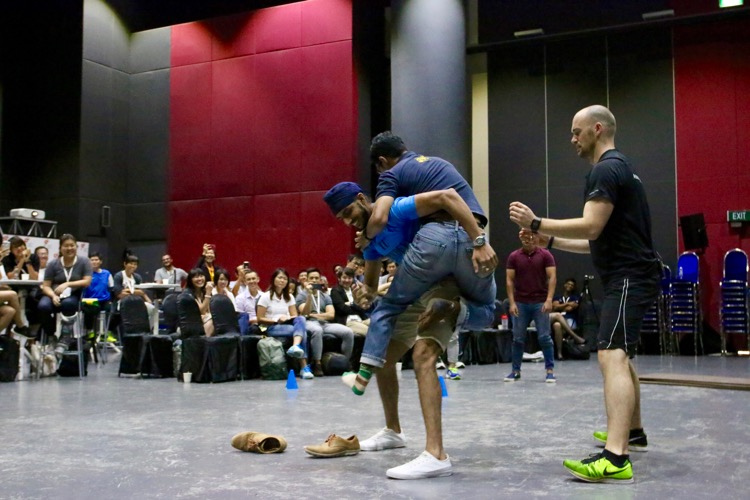

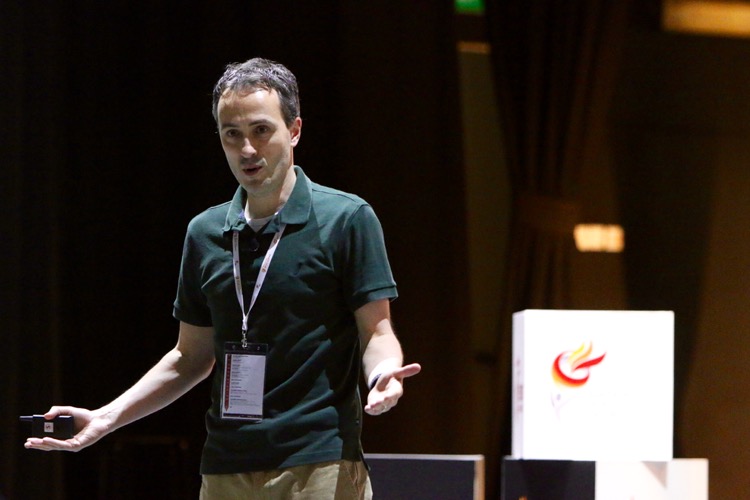
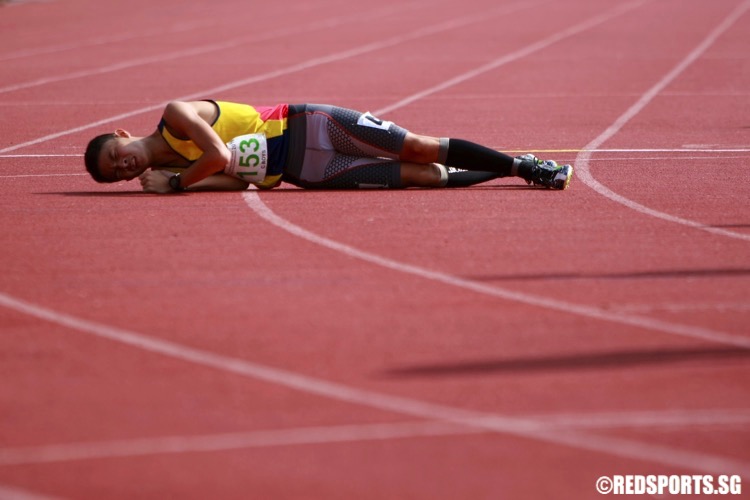
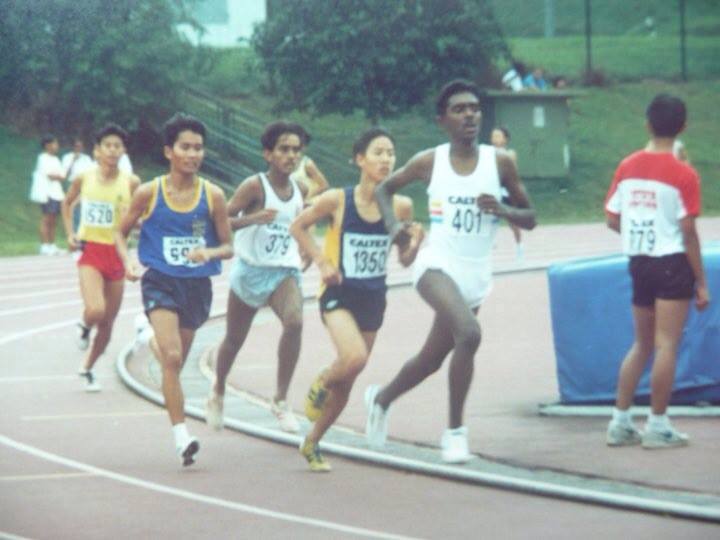
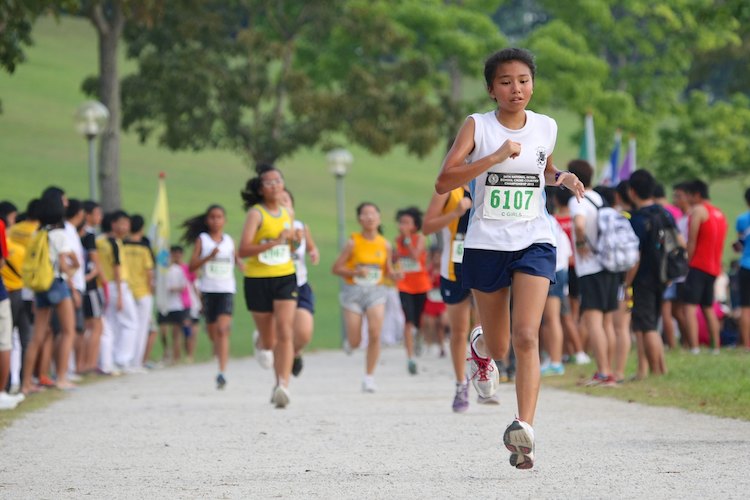
Leave A Comment